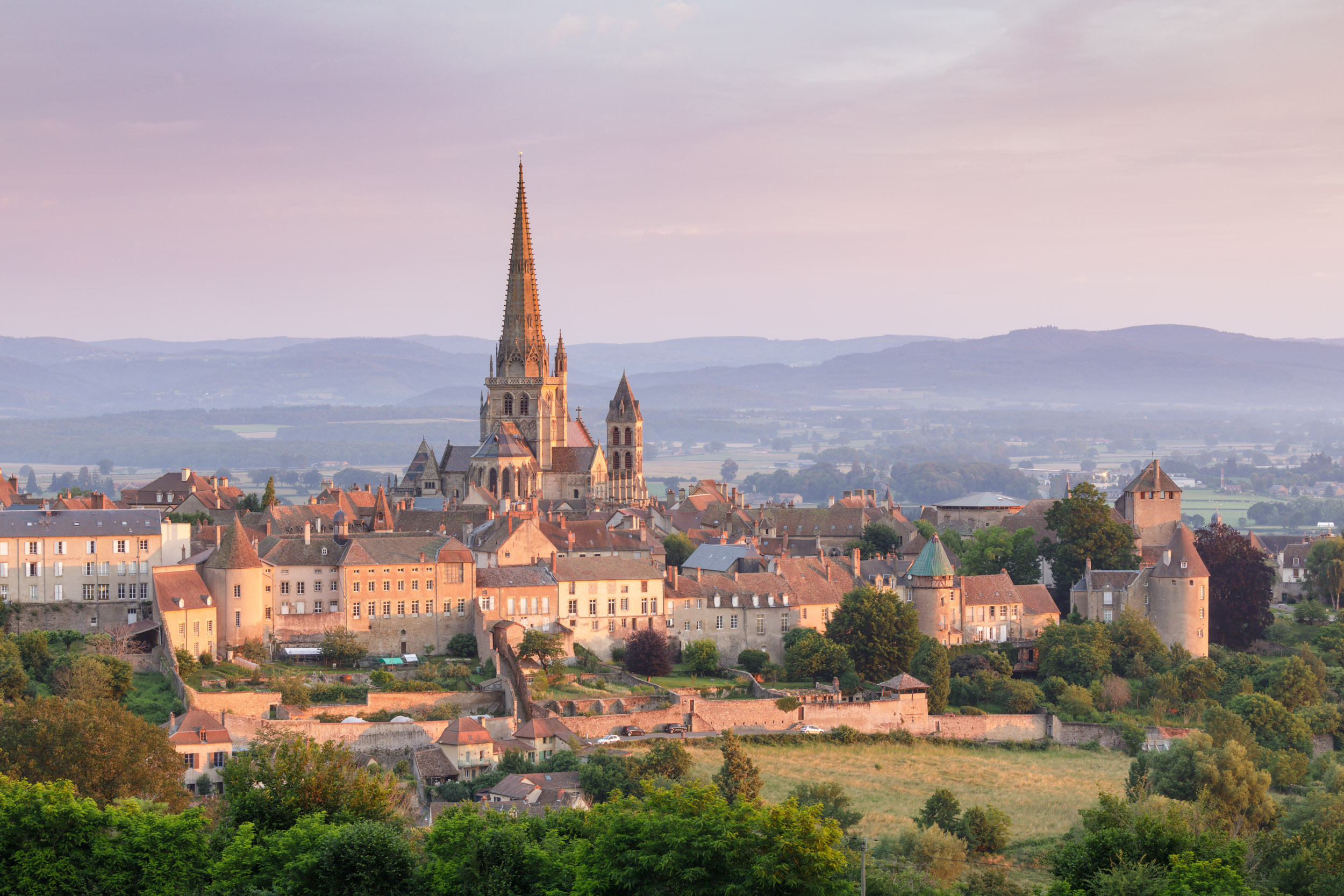
Welcome to the September 2021 newsletter.
As Autumn approaches and the leaves start turning those beautiful golden colours that we photographers like, it seems that things are progressively getting better on the travel front.
Since the May 2021 newsletter, I’ve been doing a number of things, from the Tour de France 2021 to circumnavigating Uzbekistan. It’s been an extremely busy time for me since May.
Travel has become easier for many people. Granted, things such as the various PCR and lateral flow tests are there to help protect the borders, but they are a small inconvenience if you’re itching to get back out there again.
Having been in three different countries since May, I’ve seen a variety of border checks. From the easiest of going from France to Germany to the over-zealous borders of the UK requiring all manner of paperwork. Thankfully, though, the latter has now loosened up its entry requirements, which is a huge relief as well as a saving too on having to perform those tests on days 2 and 8.
Below, I’ll show you the beauty of Uzbekistan and also say right now I want to get people over there and show them this stunning country that gets a small amount of visitors per year. My trip was in part sponsored at the ministerial level, which meant that I’ve now got several high-level contacts in the country.
So let’s get up to speed with trip reports and future workshop dates for those that are interested.
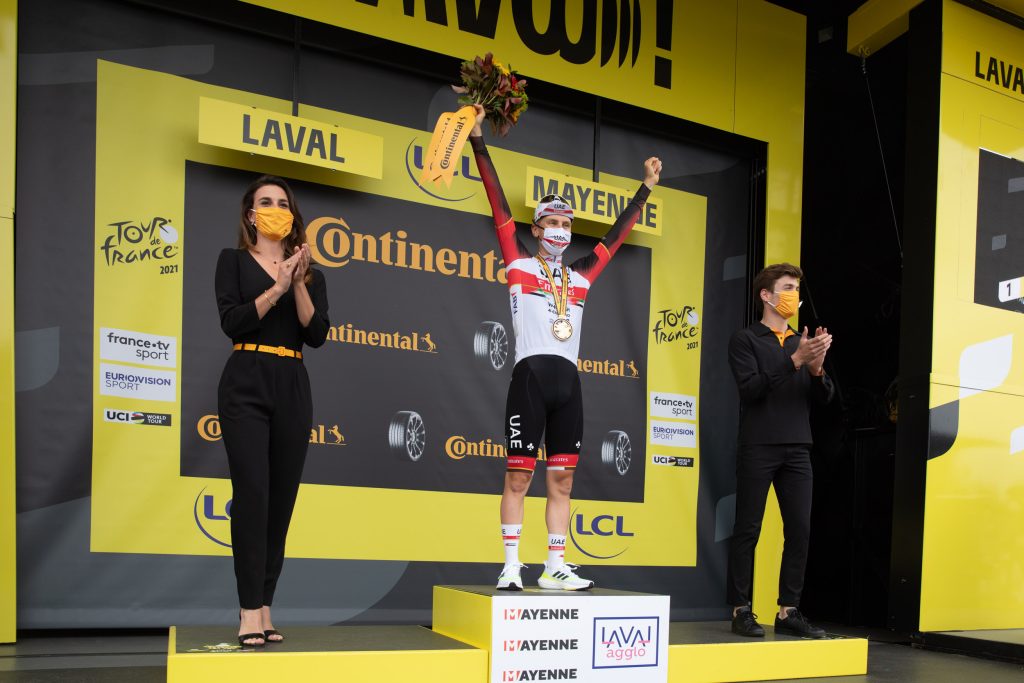
From 30 June to 4 July 2021, I was an accredited photographer for the Tour de France 2021. If you’ve ever watched the cycle race, you’ll know just how it can be not just for the riders but also for the rest of us who are in the thick of it.
The first day was spent in Laval at the finish line. For me, it felt like a warm-up as it had been a while since I’d done editorial sports photography. Thankfully, it was a gentle start as the riders were coming in one by one, as this leg of the race was just time trials.
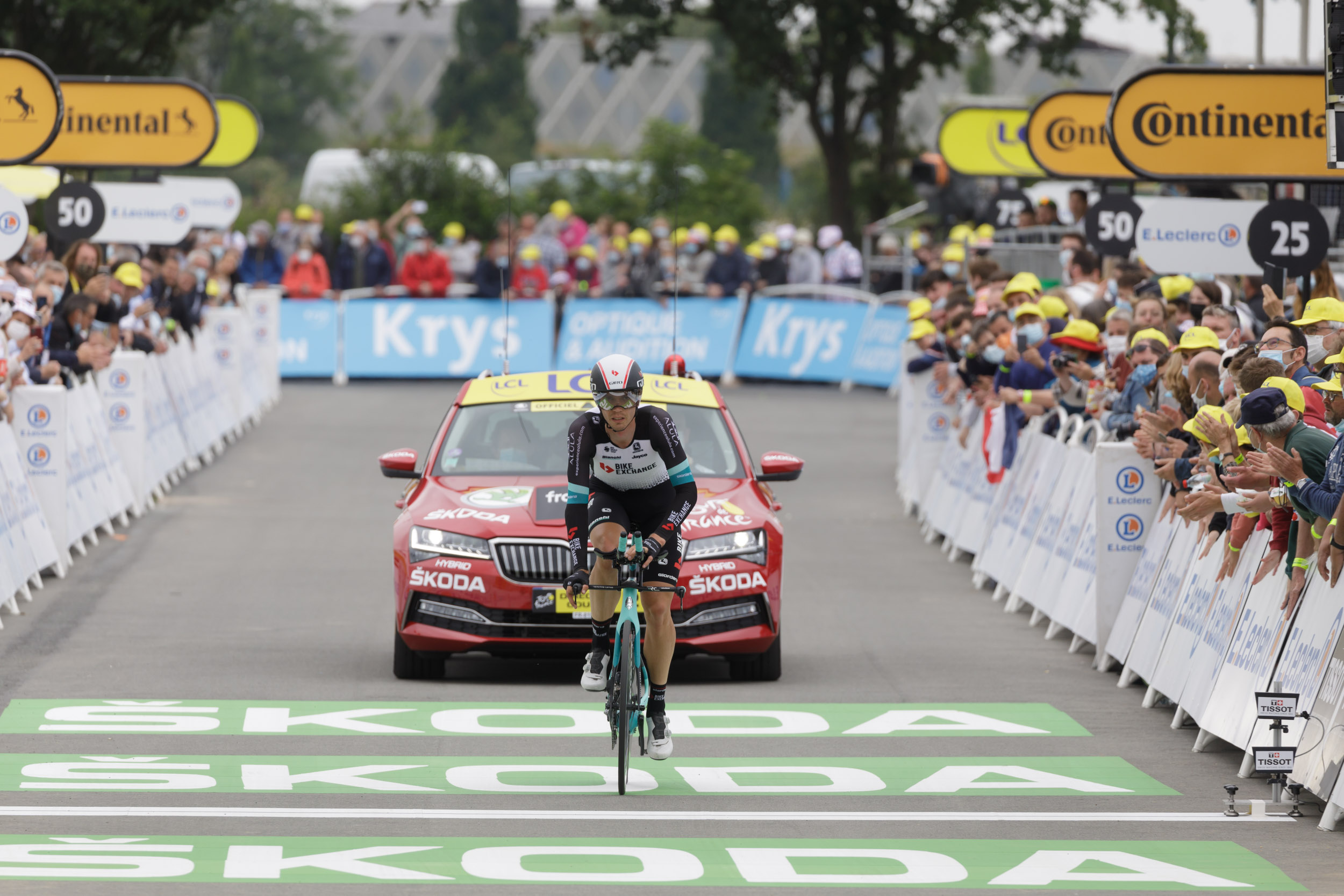
The 1 July 2021, though, was where things really got back to normal. The race started in Tours, which meant a nice, easy drive down the road to the departure site. As an accredited photographer, I am given special access to parking areas, which makes it easier to get out once the riders have gone.
At the starting line, I got to know the security guard who gave me the right to photograph the riders about 20 feet away. From an editorial point of view, this is crucial as you’re able to get up close to the peloton without hindrance or people being in your way. Although at times you have to work together with the other photographers present, so that everyone gets their shot.
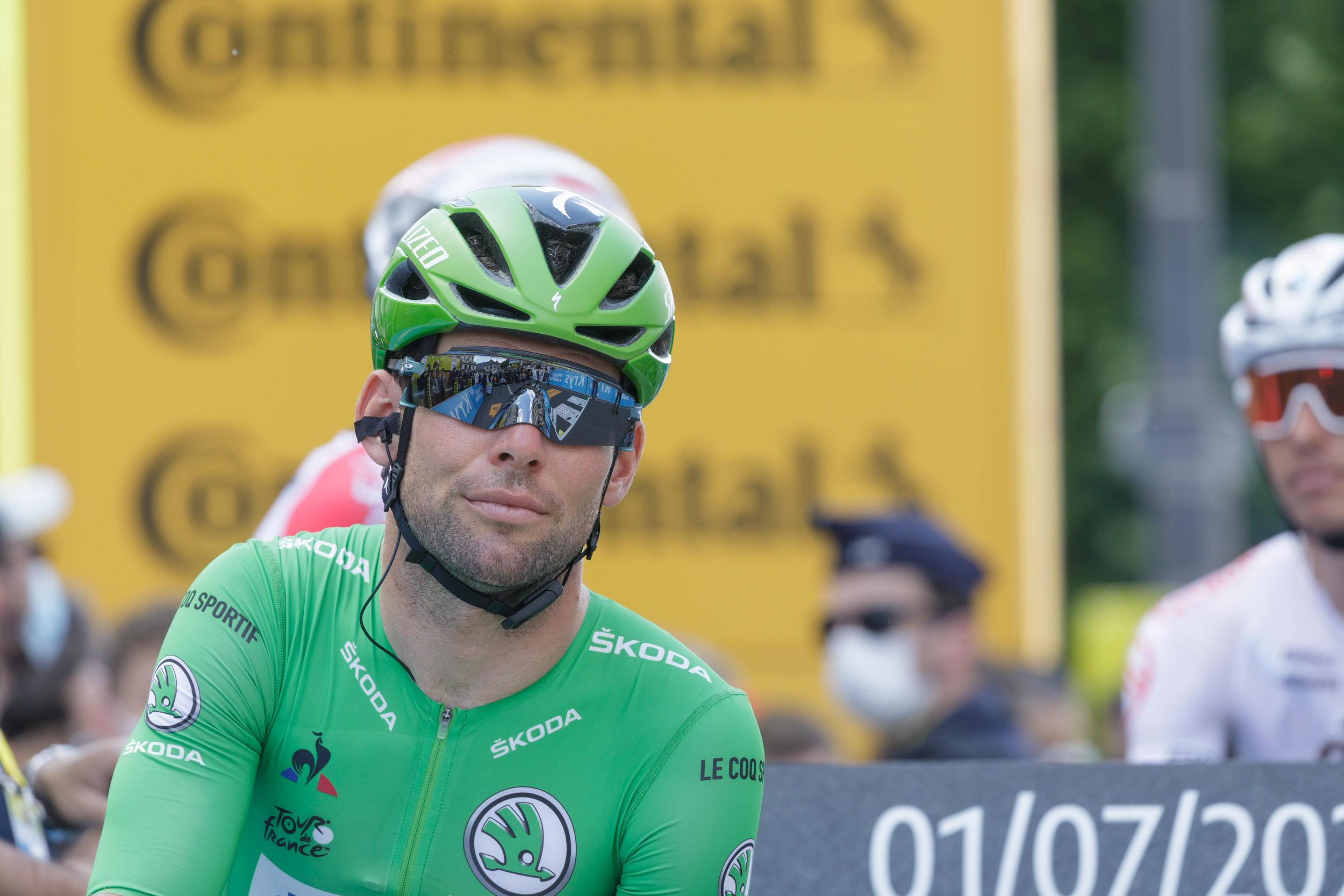
From here, it was a case of racing down to a mid-point in the race to catch the riders before rushing down to Châteauroux for the arrival of the riders. This is where time is crucial, as during certain parts of the race, there is a hierarchy of who can go where on the finish line.
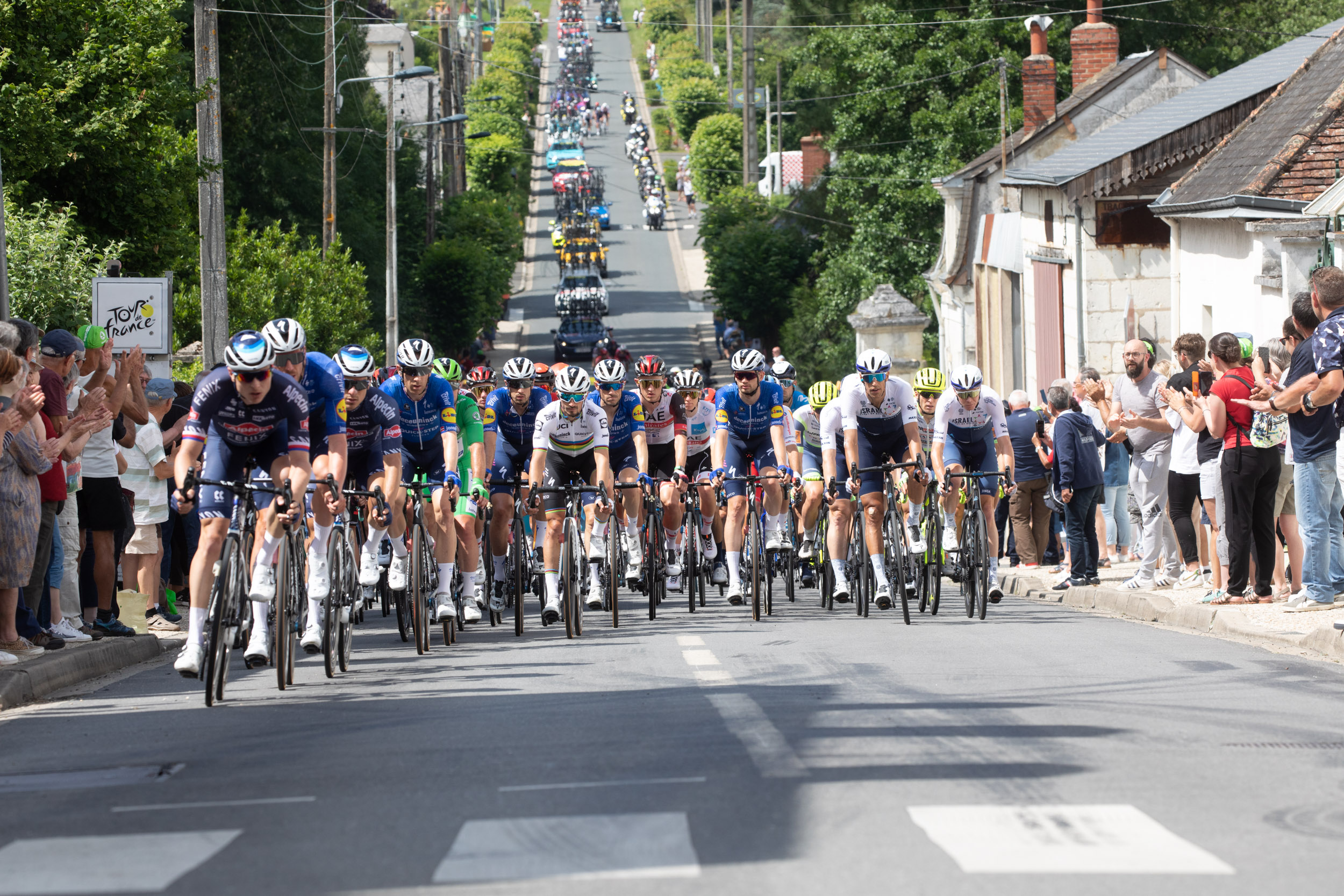
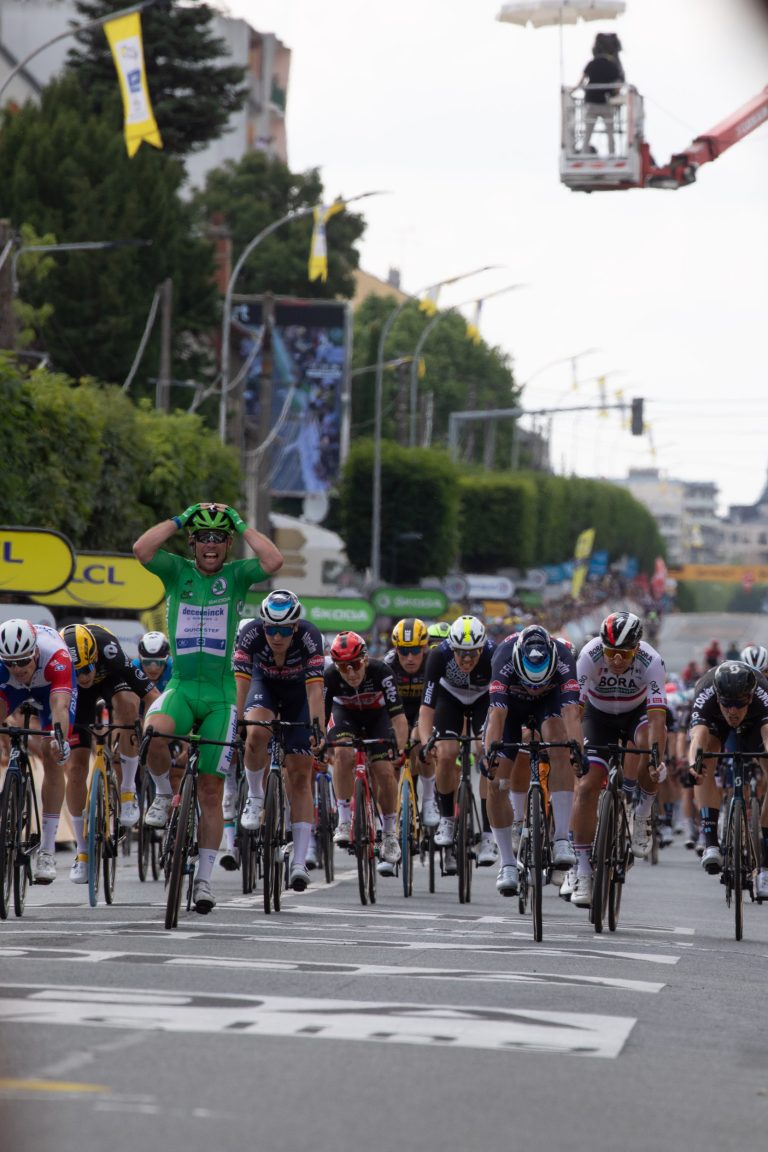
Stage 7 and I’m starting in Vierzon and then having to drive to a mid-point in Nevers, then onto Le Creusot. This was an extremely tiring day as it meant an early start, having already driven many kilometres the previous day, to then drive 4 to 5 hours during this stage. Lunch was just about possible, and the less said about the arrival, the better. OK, I’ll explain. At the arrival, the hierarchy again kicked in, but this time there was a vastly limited amount of space, which meant getting something usable was nigh on impossible.
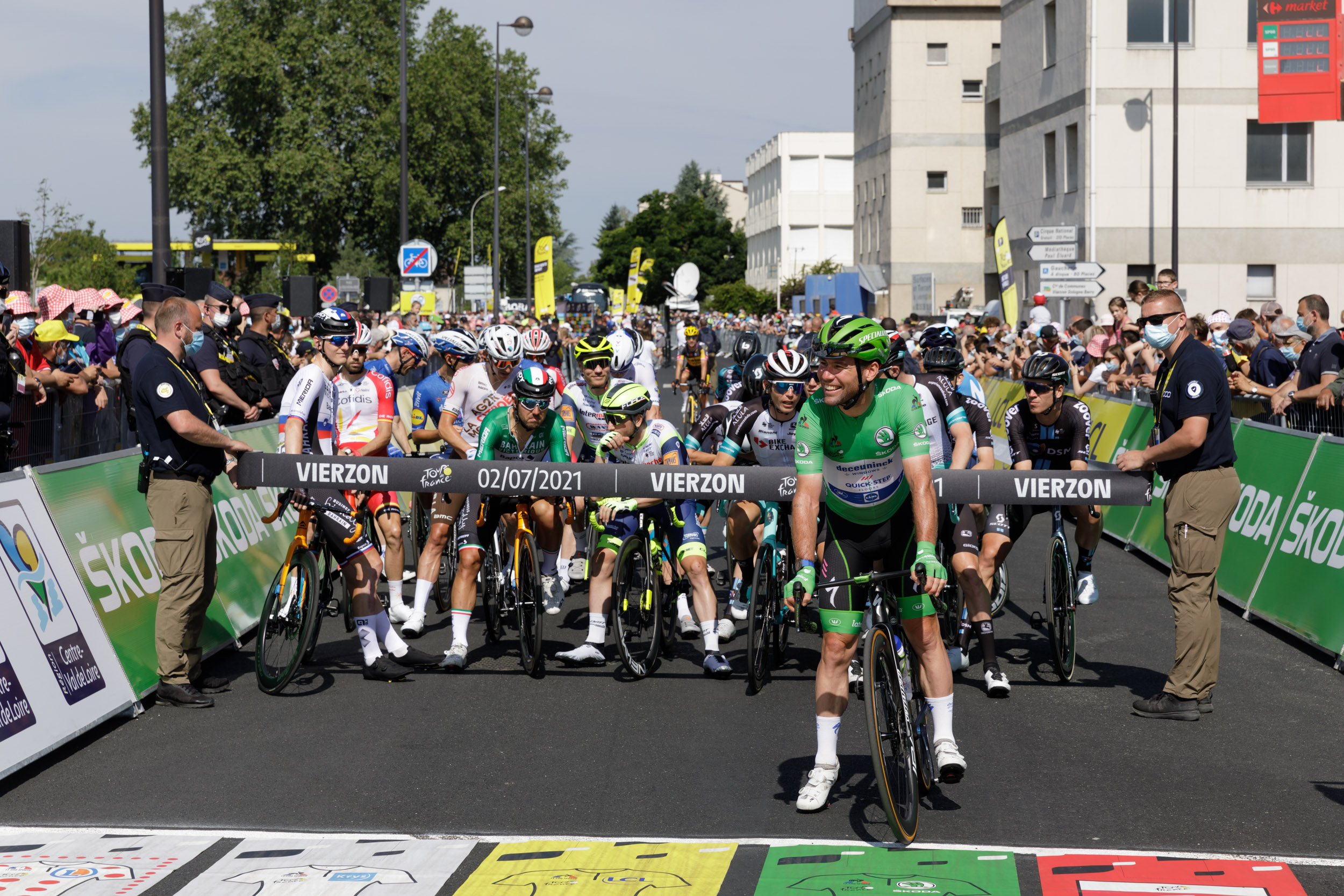
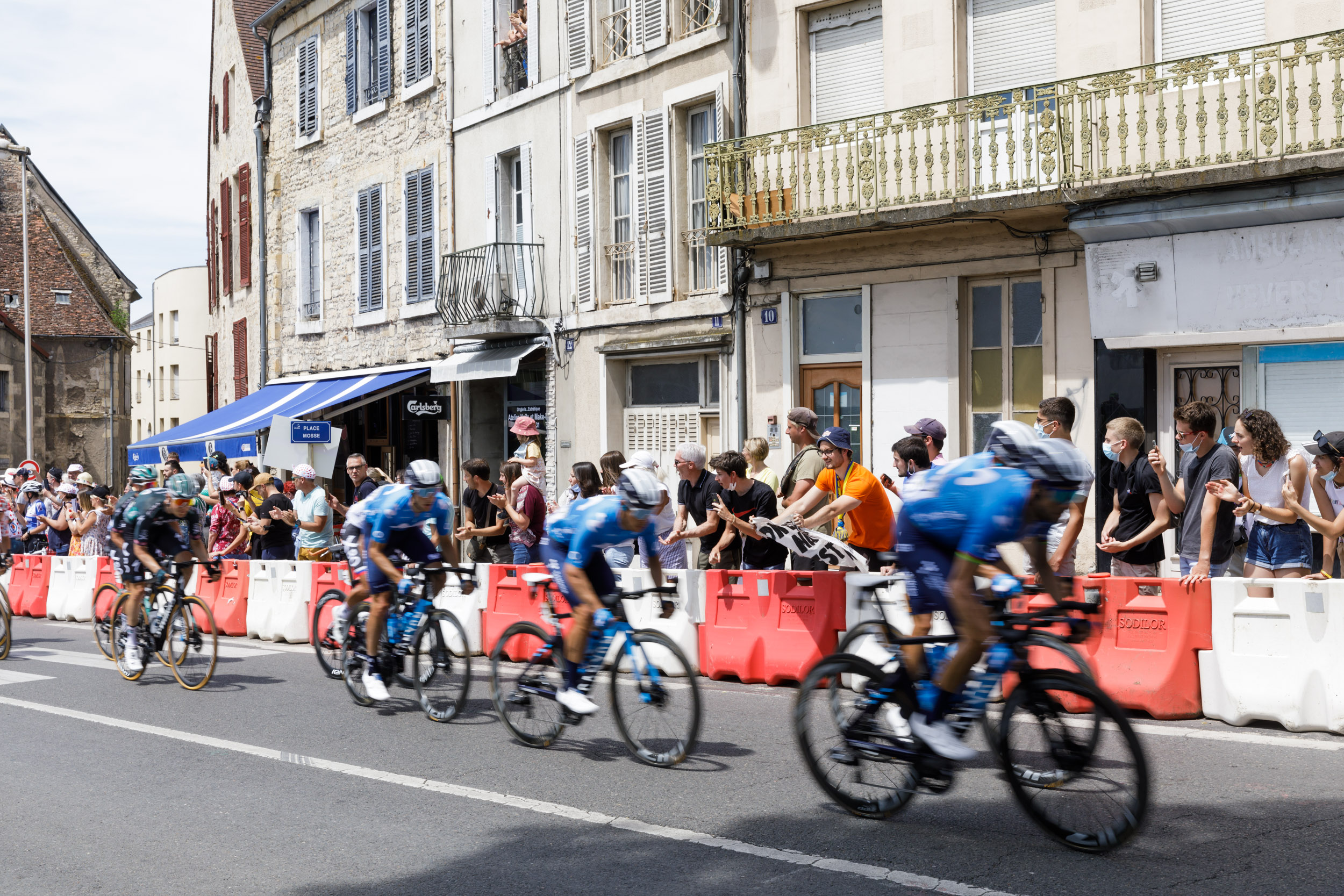
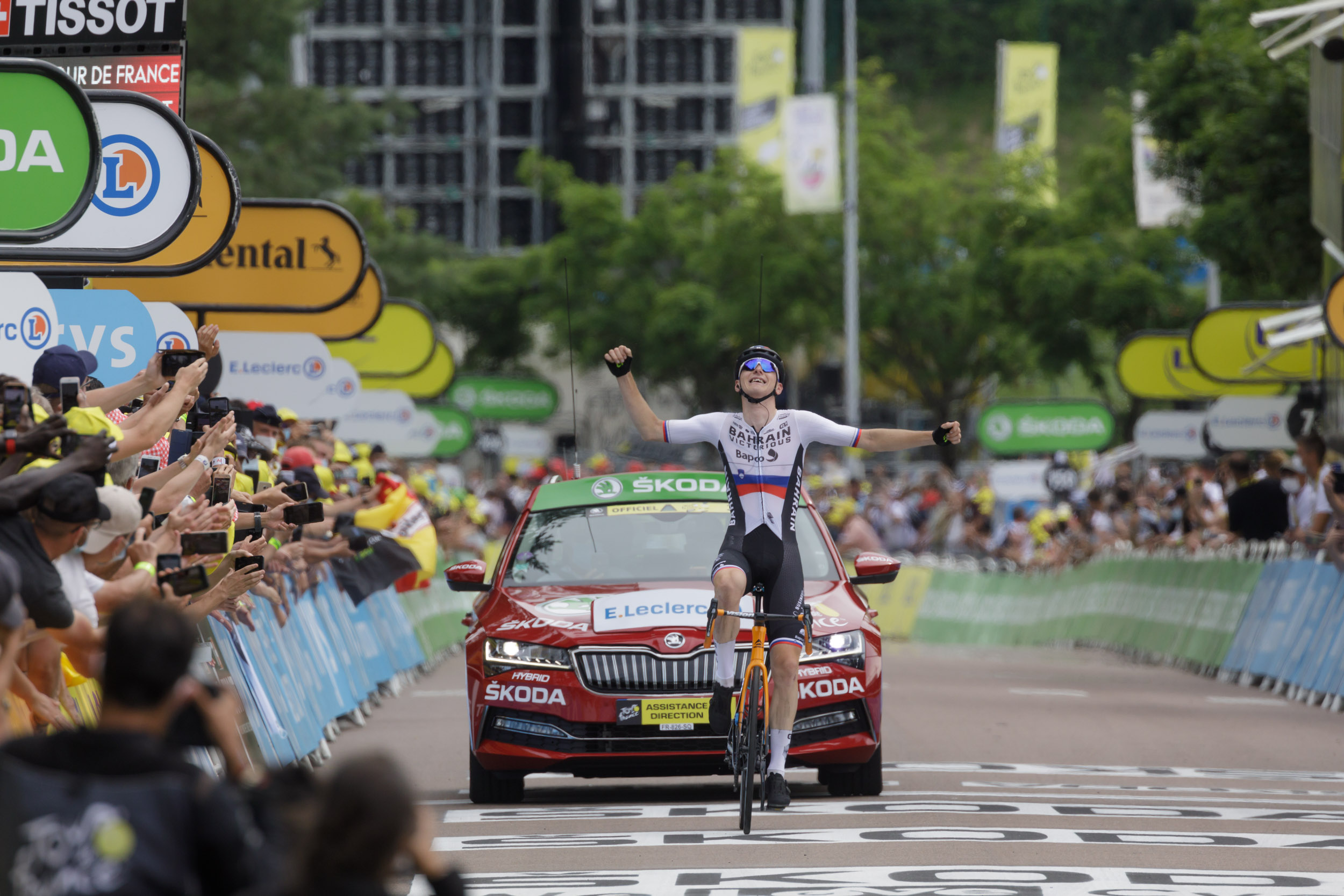
Stage 8 and having stayed over in Autun, I had a couple of hours to drive before getting to the start of Oyonnax. The city is on the edge of the mountains and therefore comes with very changeable weather. By now, I was seeing that a good investment in a decent rain cover, plus finding my lens hood, would make things easier than the extremely simple rain cover I was using.

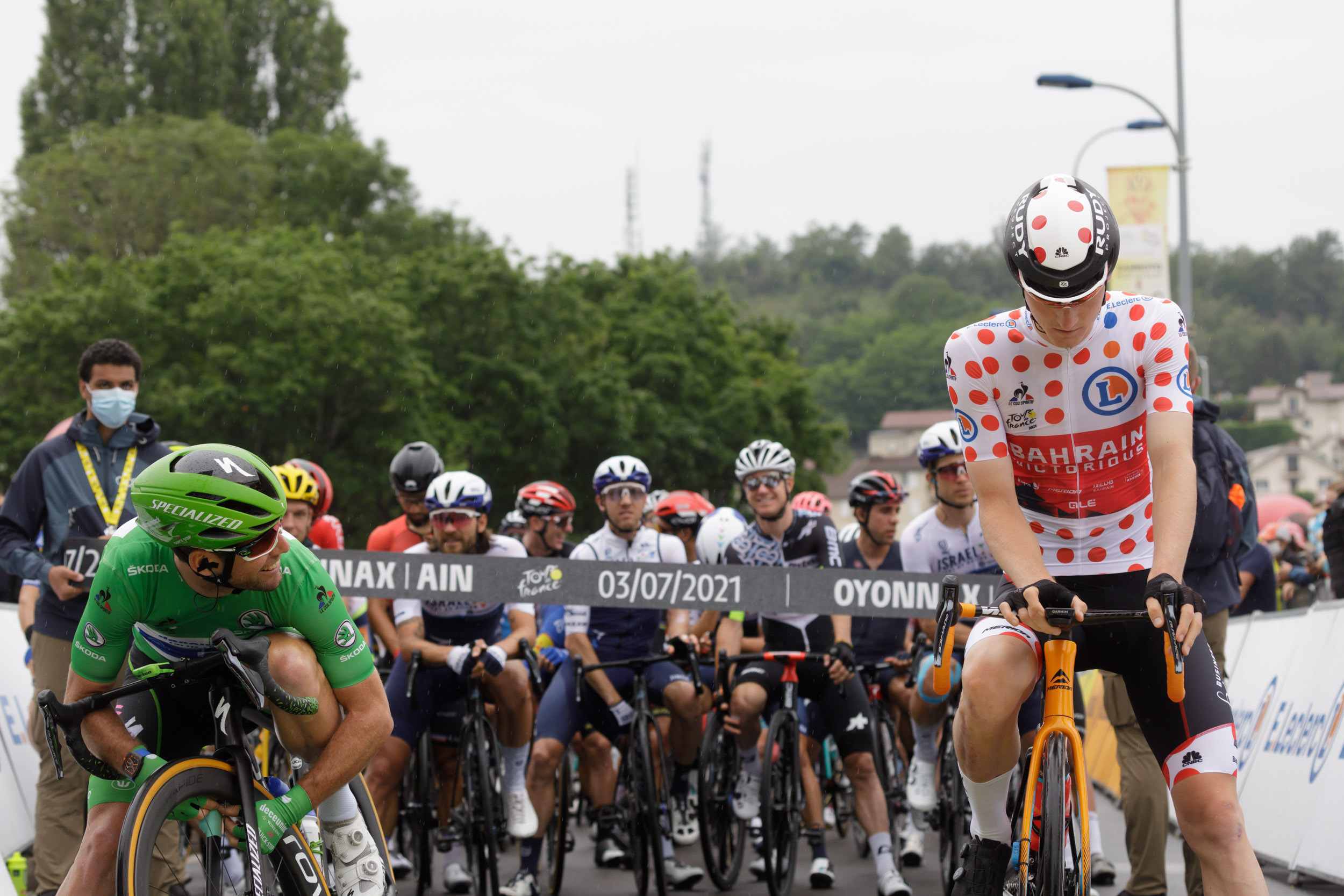
Due to the route of the course, it was easier to head to the arrival at Le Grand Bornand. Several kilometres of the course were sectioned off, and this made for fun driving as I got to drive the last few kilometres of the race itself in order to access the arrival stage. Thankfully, the hierarchy has by now disappeared, and I’m able to look down the course with a clear view.
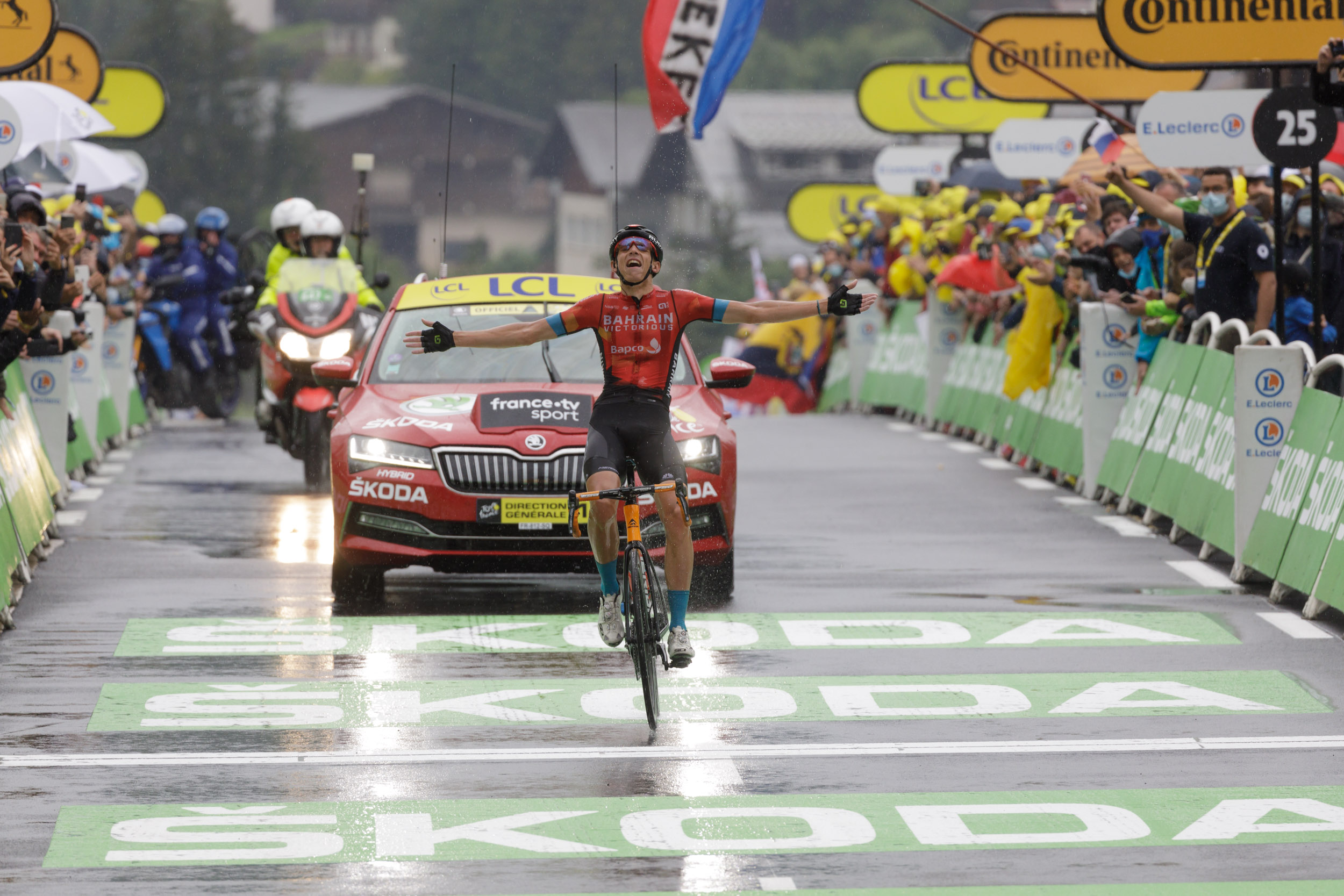
Stage 9, and for me, the final stage that I was to be doing. Still up in the mountains, the race started at Cluses, and again the weather was damp. I’m also now taking note that at the start of the race that a 70-200mm is an ideal lens to have with me instead of using the 100-400. Now I do have a 70-200, but it’s a non-IS version, and you really do need one here.
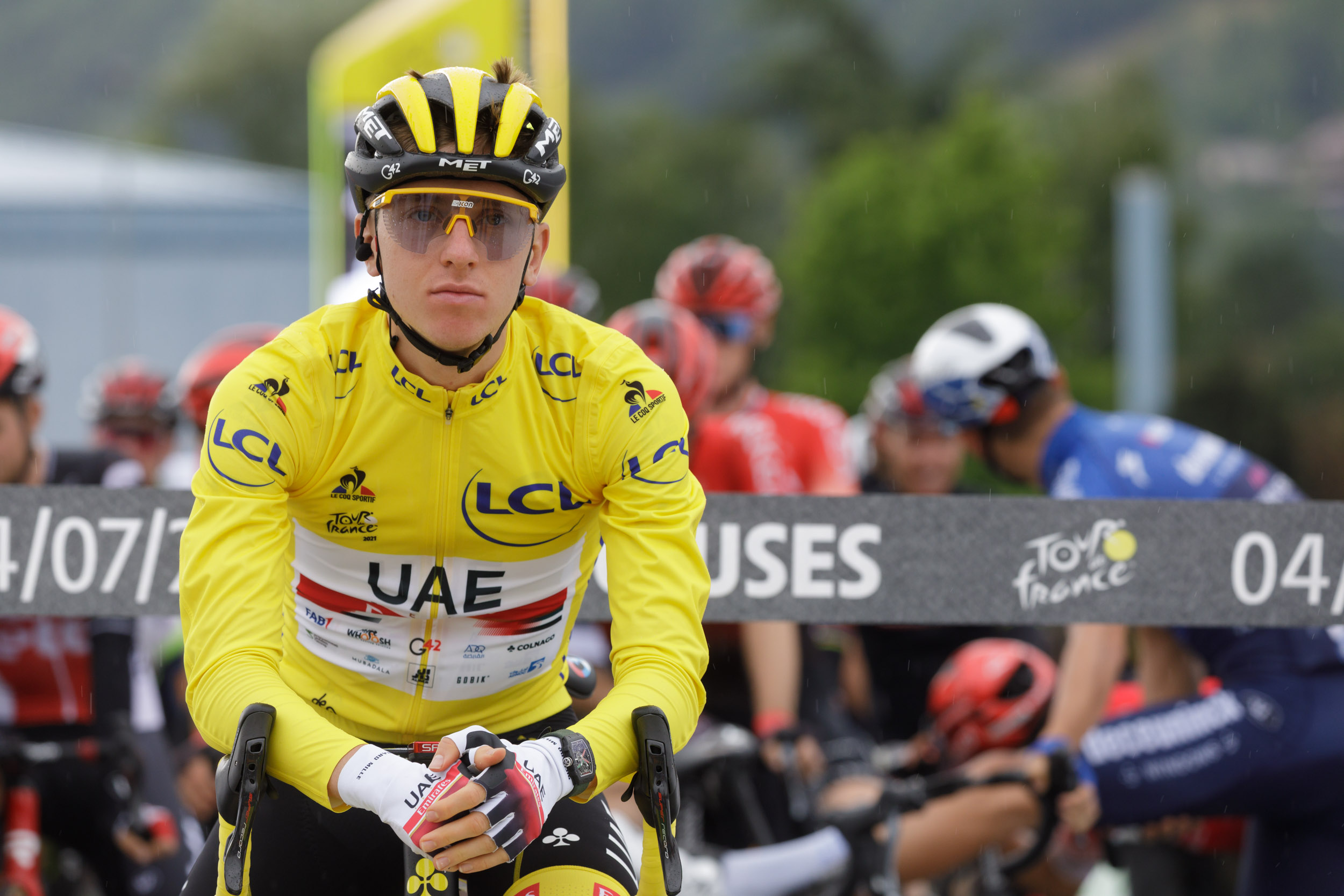
The arrival of the Tour de France 2021 for this stage was to be in the mountain resort of Tignes. Like the previous day, the only way to access the final stages of the race was to drive your car along the actual route. This is interesting as you get an idea of the craziness the riders experience when they are going up the steep inclines. People can get too close, and you have to be very wary of those spectators who take too much interest in what you’re doing.
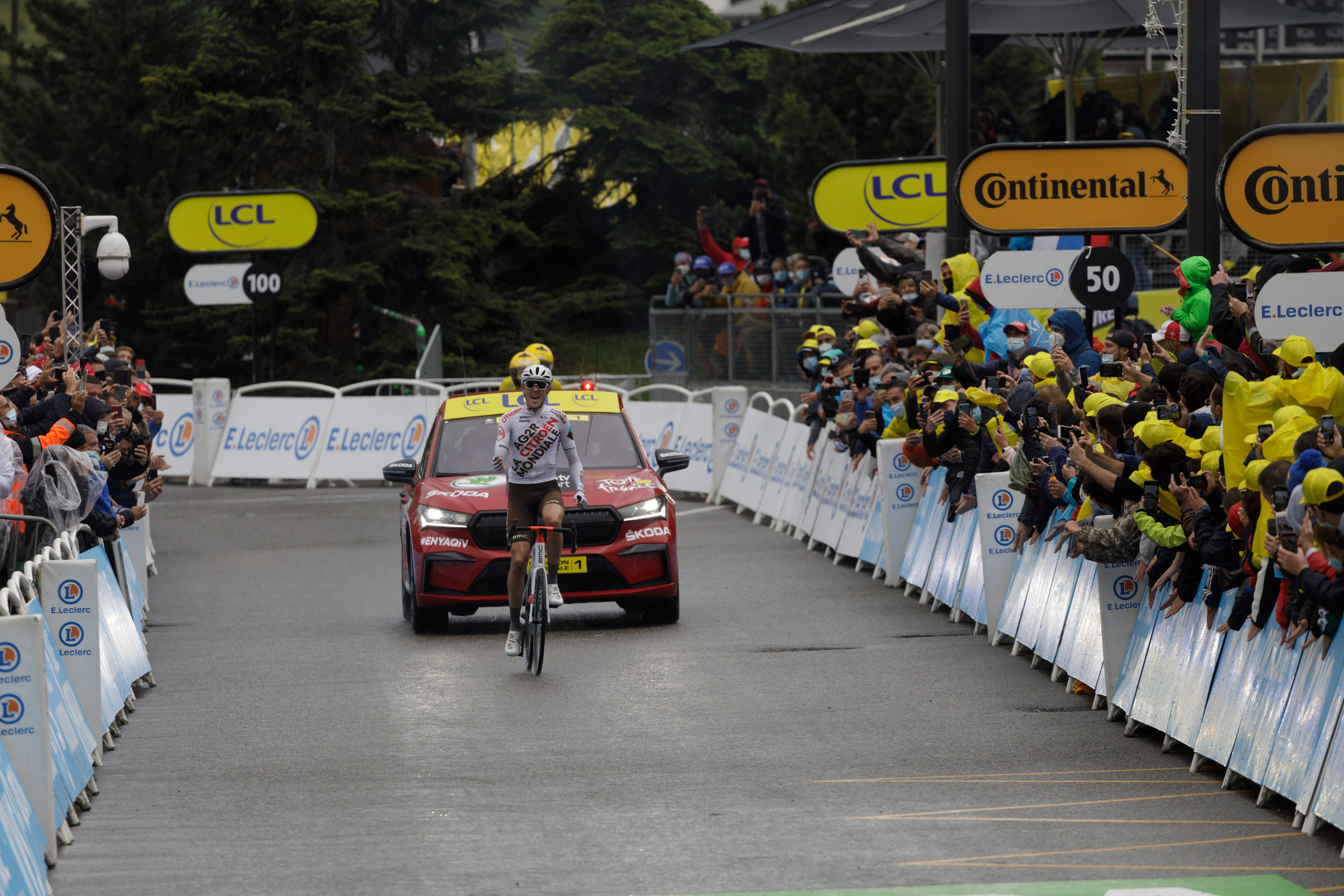
In July, I had three back-to-back jobs to do in Germany. Starting in the city of Regensburg, before heading to Oberhausen then finally to Cologne.
Regensburg, not to be confused with Regensberg in Switzerland, sits on the river Danube and is justifiably a UNESCO World Heritage Site due to its beautiful historic centre. The old streets are full of history, and I was really happy to be back travelling again. To visit another country and start hearing a different language again was sheer joy for this travel photographer who had spent far too long in France.
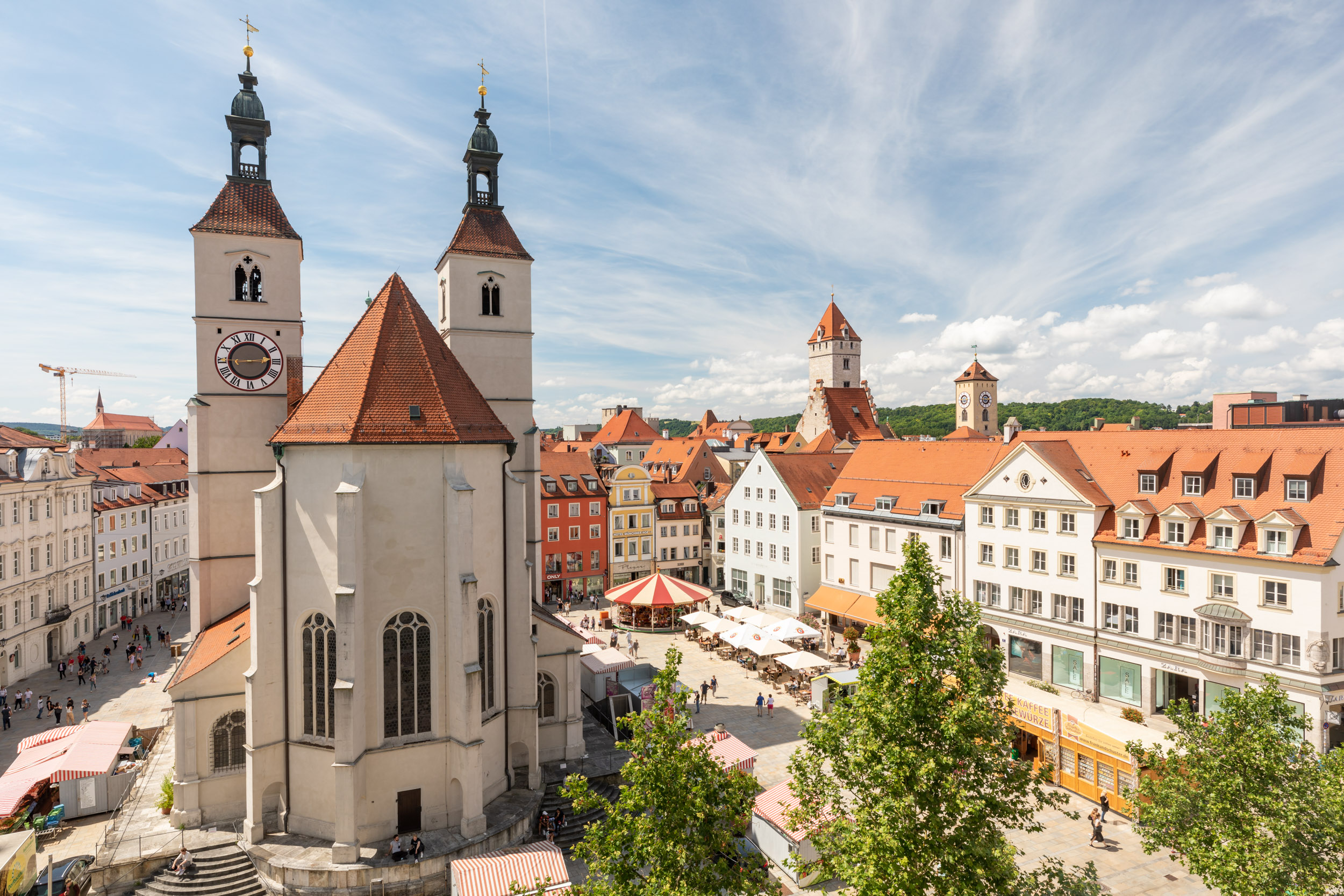
Throughout three nights, I captured a number of different things for my client, concentrating on those aforementioned historic sites. The weather was nice and changeable, which made for some beautiful light at the end of each day. Sadly, the light didn’t extend to the sunrise, but that’s not a problem, as most of what had been planned was delivered.
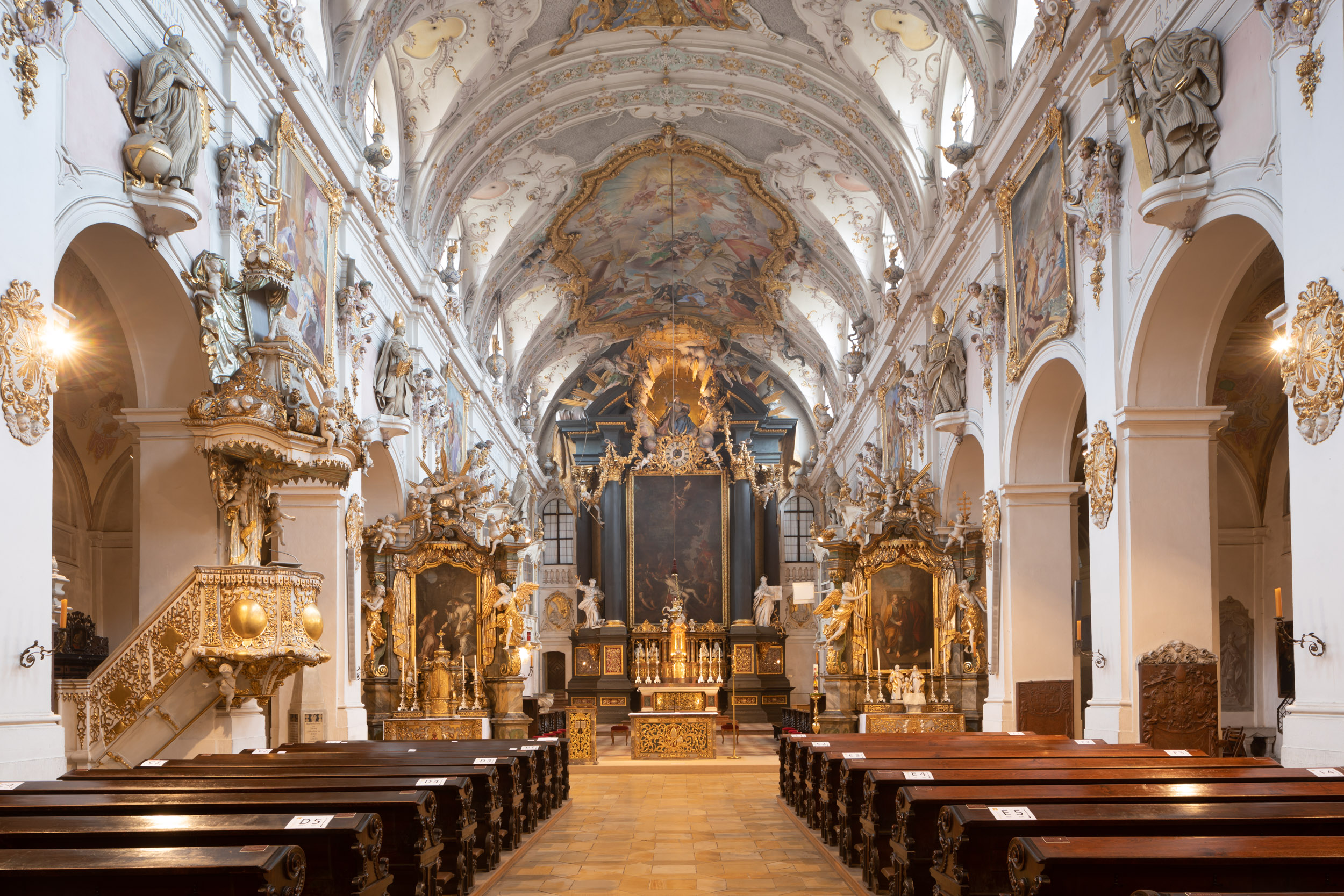

But it was in the city of Oberhausen in north-west Germany that things got interesting and not in a good way. I’m sure that you’ll all have seen the dreadful and devastating rain that hit Germany during July. Well, my clients and I got caught in that weather system and over the majority of my time there, it didn’t stop. Thankfully, we didn’t experience some of the horrors that people felt a little further south, but still, it made carrying out my work nigh on impossible.
So what do you do in these circumstances? As a professional photographer, you have to have a number of skills that you can call upon, and due to the inclement weather, some studio techniques came into play as we were forced inside for the majority of our time.
Lastly, the city of Cologne was where another client had employed my services. I had been asked to produce several time-lapse sequences across the city, encompassing both publicly accessible places and some very special places.

Time-lapse work requires a lot of post-production, and the resulting work carried out for my client took longer to do than the days I was in the city. I’m hoping that I can get back there again in late October to finish off what they had asked for, but we will see.
So what about those special places? Well, I was lucky enough to be able to go on top of the Lanxess Arena, which gives a different view across the city of Cologne than most people would get to see. I was asked if I was scared of heights, to which I replied, “Well, it depends.” What did we do? We walked across the roof that covers the top of the arena, which sounds easy enough, but it’s not a solid roof. The roof actually opens up when required, so it was like walking across a duvet.
Here’s a panorama I did of the inside of the arena. Basically, I was walking across the void in the middle. They trusted me so much that they gave me the key to the place!

The Central Asian country of Uzbekistan was to be the standout job from the last few months. Three and a half weeks were to be spent here, circumnavigating the country mostly by road. A journey that was to take me to the extremes of the country and even to the border of Afghanistan.
I had been invited here by a number of people in order to produce images for a forthcoming book. The book is going to be called the 100 Experiences of Uzbekistan, and its aim is to help promote the country and show people just why it is they should consider going there.
From the first day to the last day, it was an absolute rollercoaster of a ride. People these days use the word “epic” in, what is for me, a strange way to describe light or some other such things. I can say that the journey into Uzbekistan was an epic one, covering many hundreds of miles.
On my very first day, I got to meet the Minister of Tourism. His department was one of the ones that had sponsored my trip, and in addition to this, I was taken on a helicopter ride from the airport in Tashkent to the mountains. An amazing experience for sure, and it was only the start.
The three and a half weeks would take too long to detail here, but I’ll give you some highlights of this stunning country.
The former Aral Sea in the north-west. What looks like a desert is in fact the seabed. Rusting ships abound in the former fishing town of Muynaq.
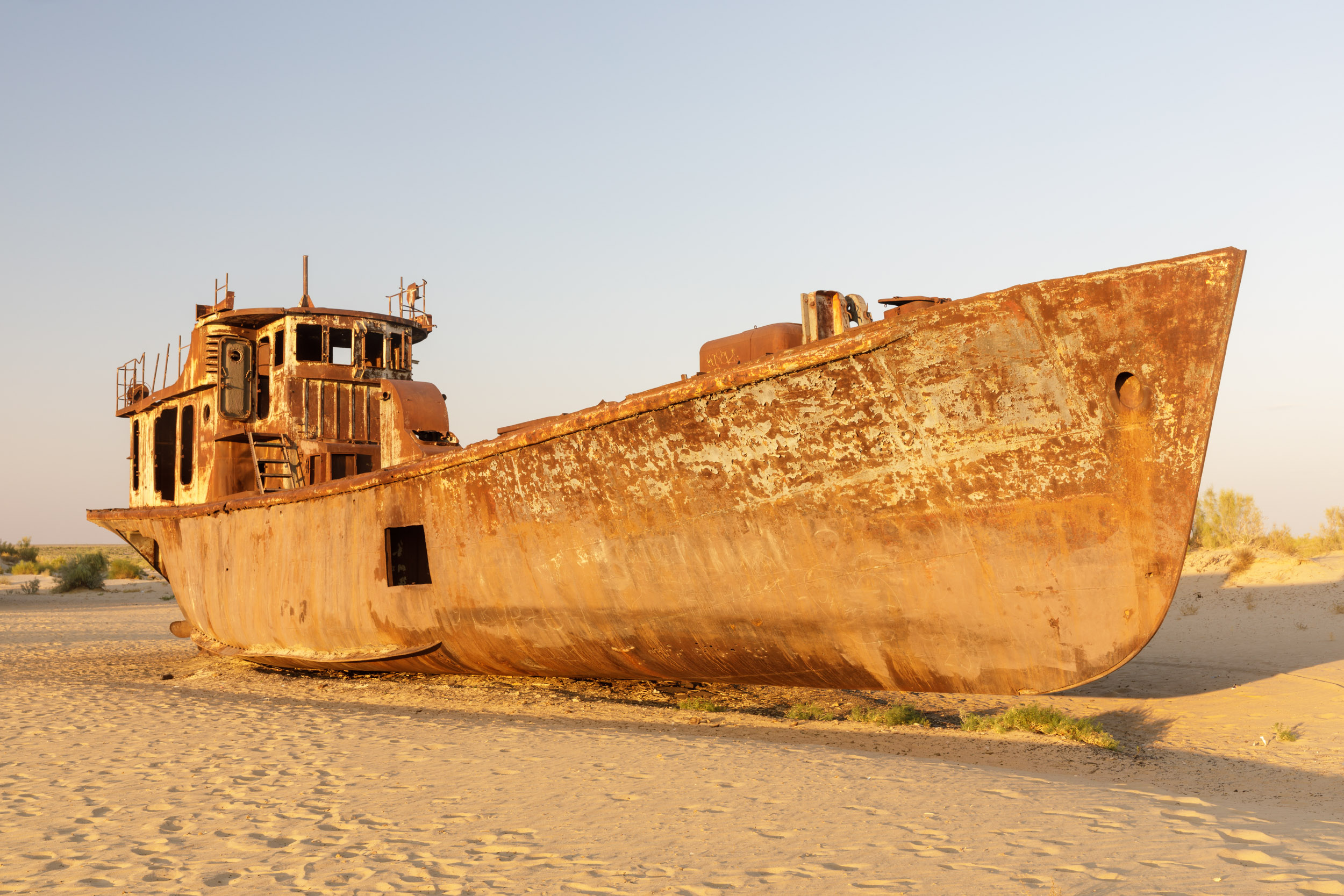
Khiva. The walled city is one of five UNESCO World Heritage Sites. There are something like 50 historical buildings within the protected zone, and it does feel like walking back in time when you wander its streets.
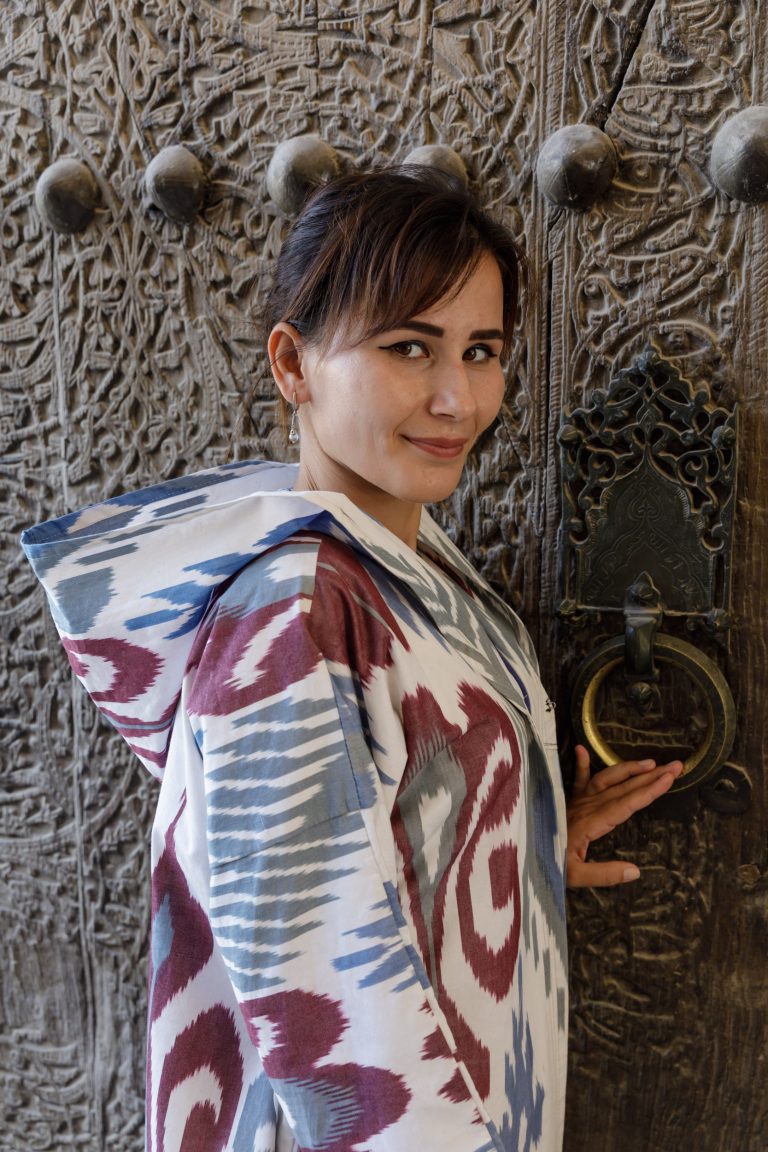

The city of Bukhara. Another of the UNESCO sites that has been rightly protected. Its stunning colourful mosques and old streets are another gem that awaits the intrepid photographer who is willing to venture into the country.
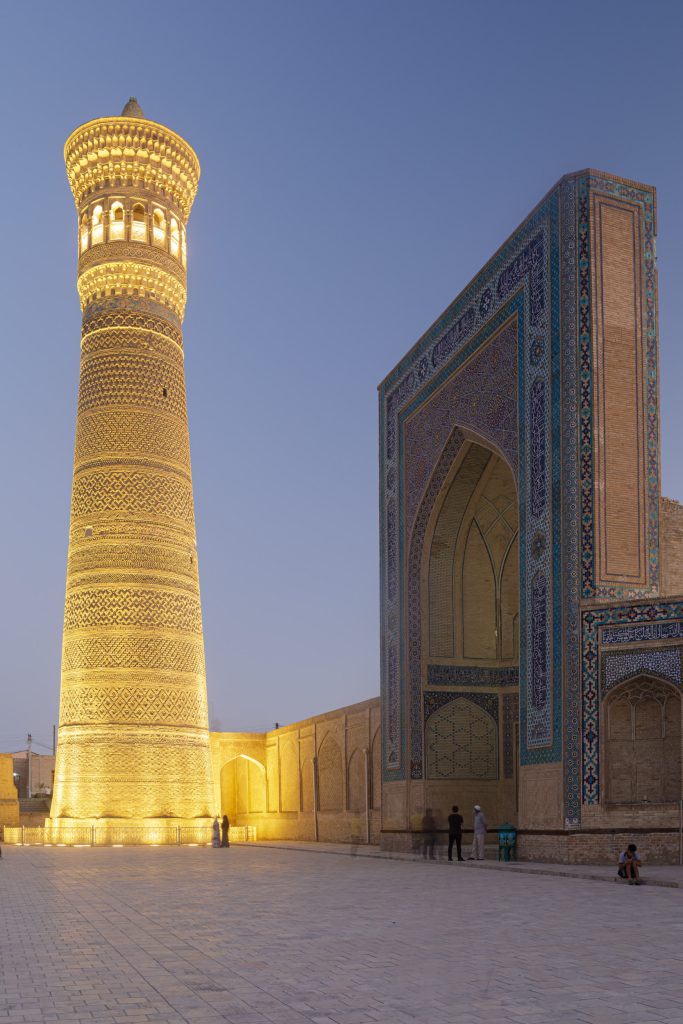
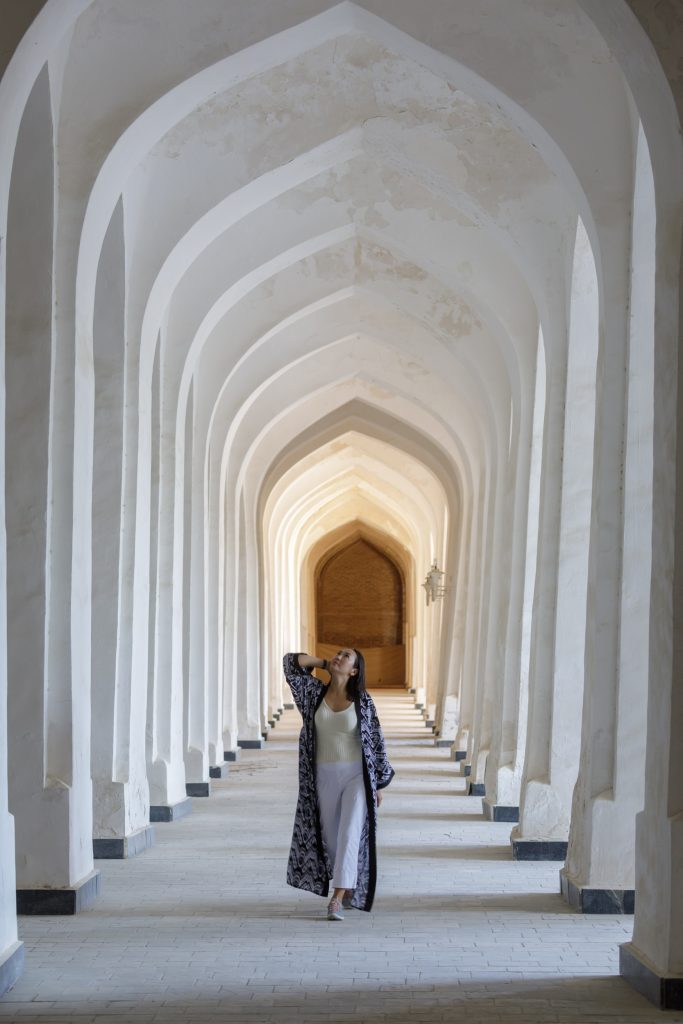
Samarkand. For me, this is the city that inspired me to think about Uzbekistan as a destination. Registan Square is often described as one of the most beautiful in the world, and justifiably so. There are other sites too, such as the Shah-i Zinda mausoleum and Gur-i Amir mausoleum with its breathtaking golden interior.

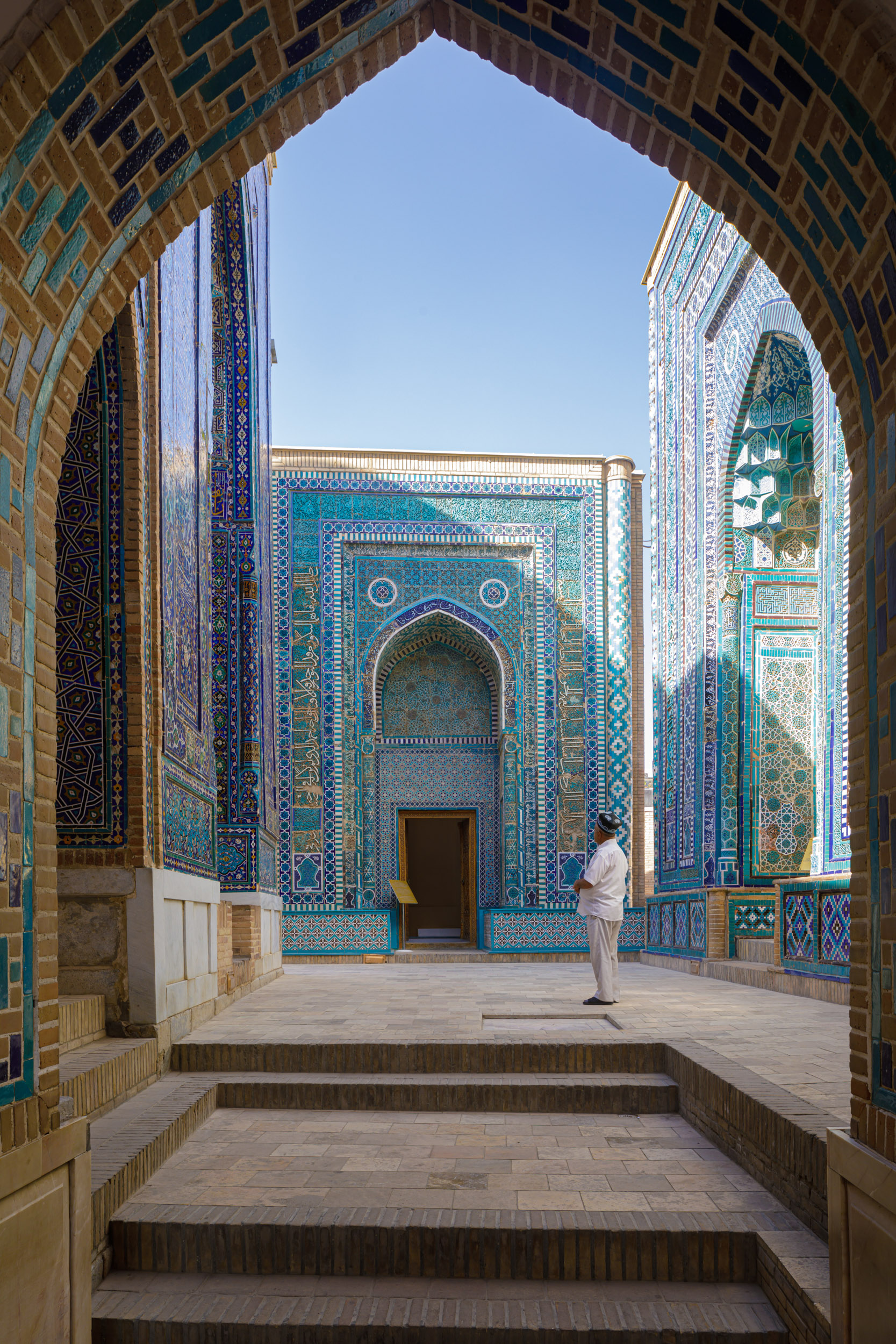
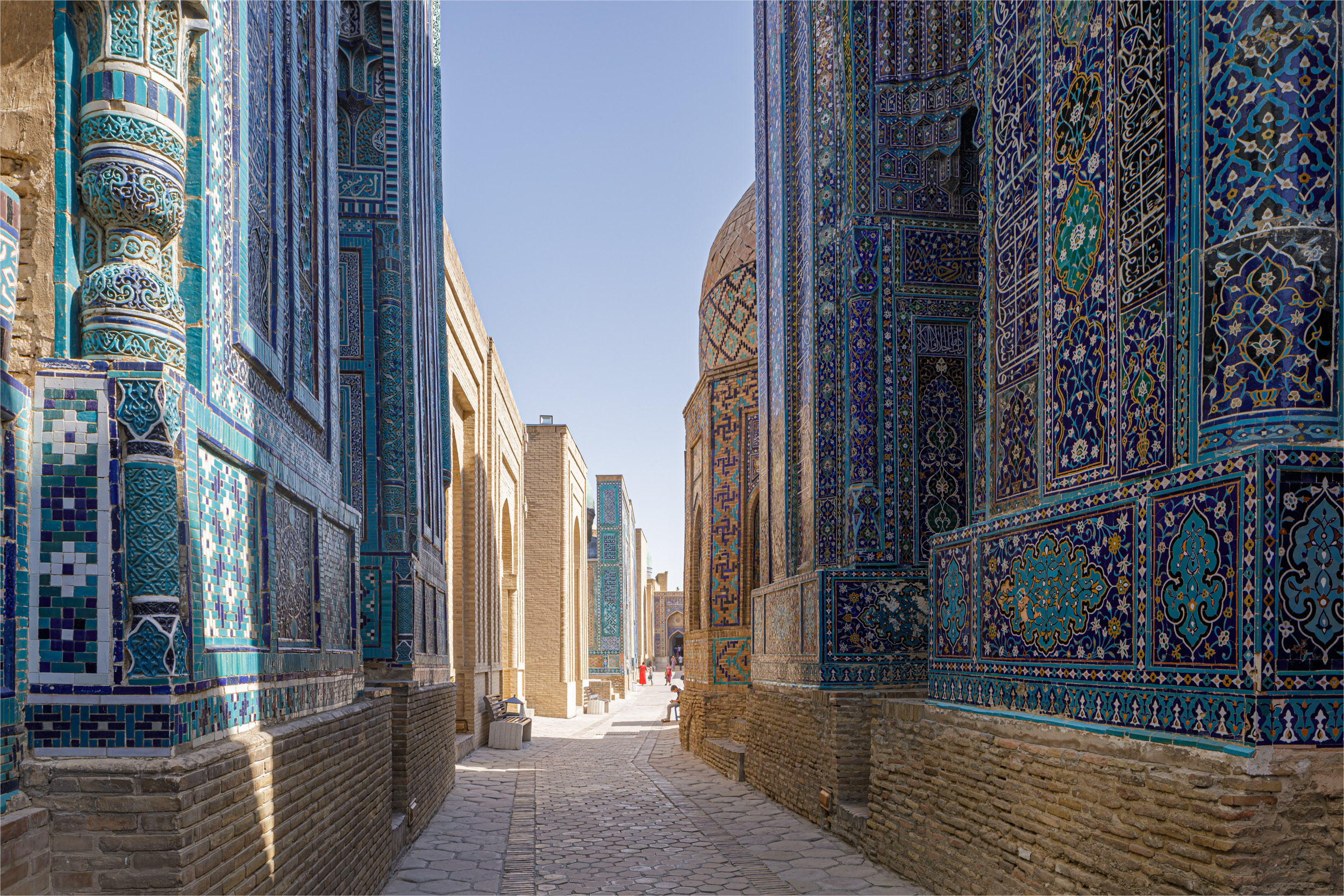
Finally to the city of Tashkent. The capital of Uzbekistan and home to a stunning Soviet era metro system. You might be wondering if an underground railway is worth photographing and the answer is a round absolute yes! It is like walking into a museum with some of the metro stations. They are an amazing work of art that is comparable to the metro in Moscow.
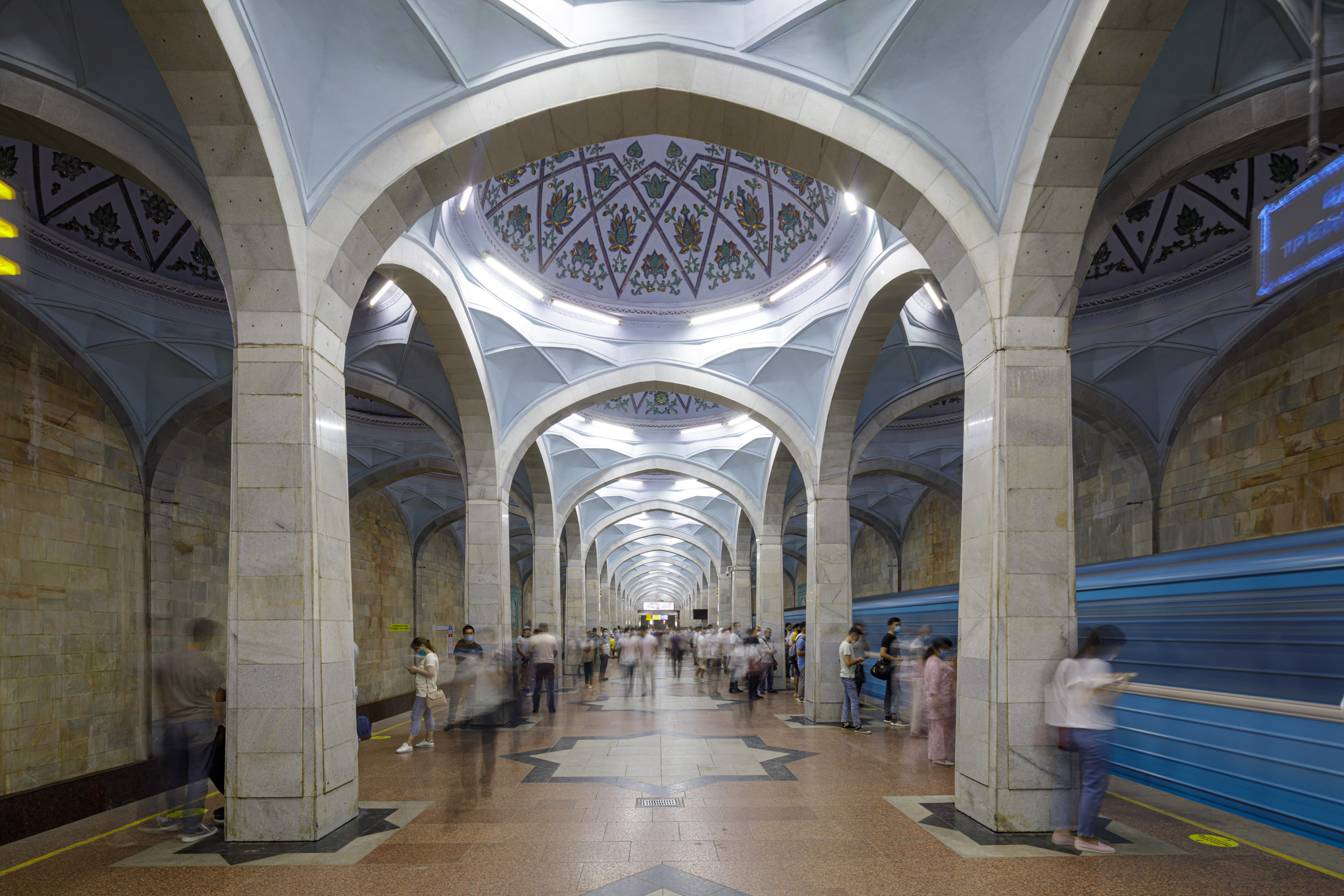

PS Is it safe in Uzbekistan considering its proximity to Afghanistan? Absolutely yes it is. I had no problems at all and there are a number of police around to ensure your safety. The image below is from the border looking into Afghanistan. It definitely makes you think!
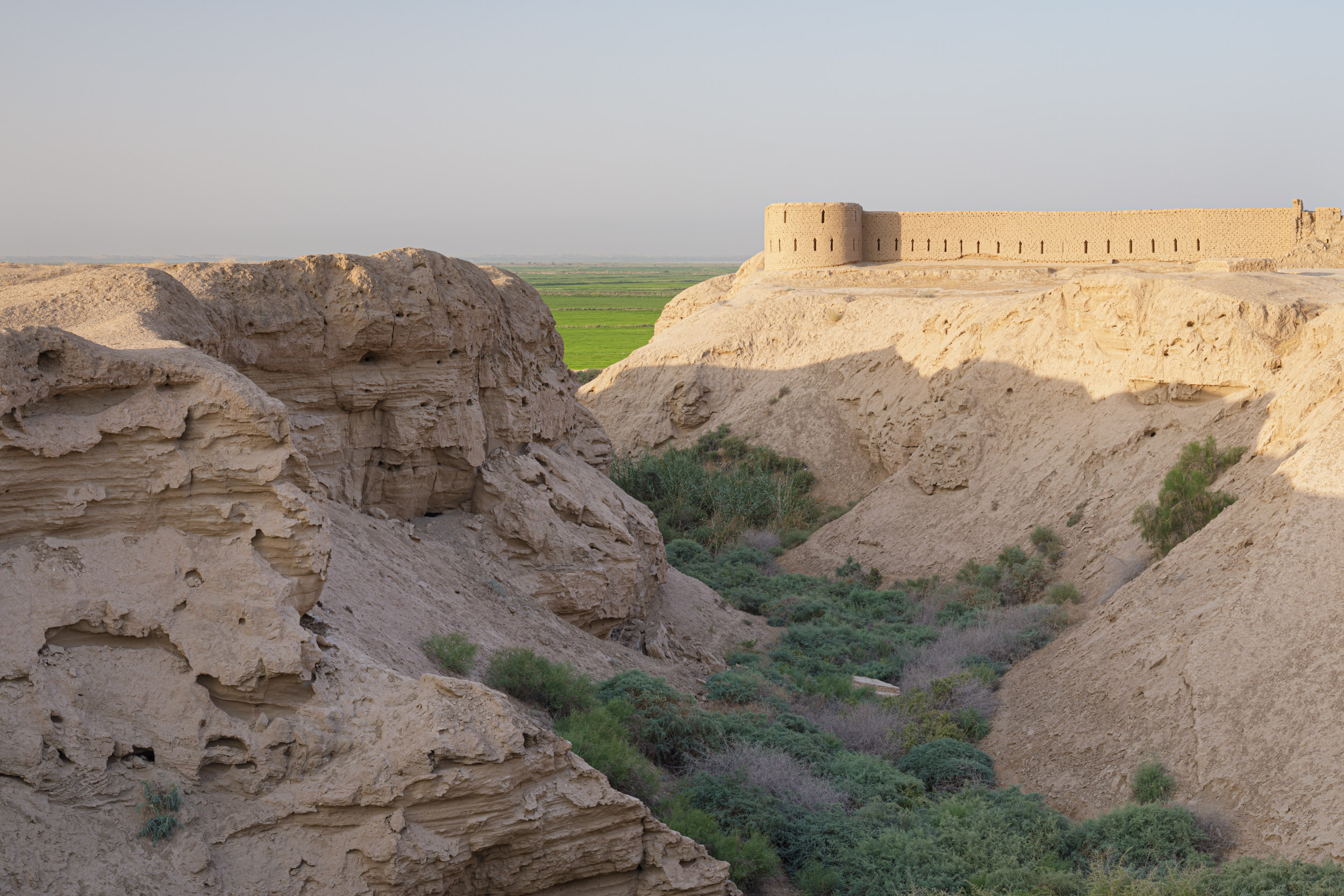
And if you’ve enjoyed reading the September 2021 newsletter and want to get it before it appears on my website, then feel free to sign up.
Don’t forget to use these links to “like” or “follow” my Facebook, YouTube and Instagram pages where I upload new images and vlogs. This is the best way to keep up to date with my latest work.